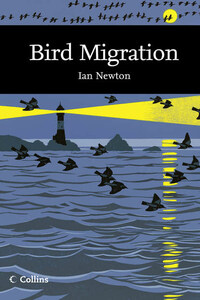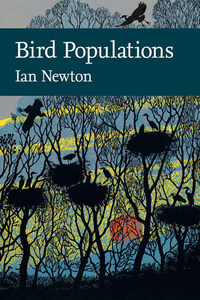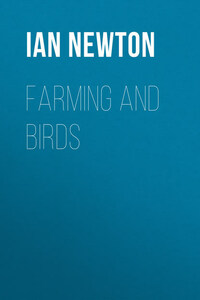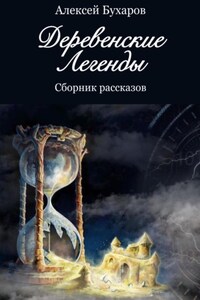IN THE NEW NATURALIST SERIES, volumes dedicated to single components of the biology of a group of species are far from the norm, but interestingly the only other, NN36, by C. B. Williams, published in 1958, also focuses on migration, but in his case of insects. While migration features in all the New Naturalists concerned with groups of birds, even including Grouse (NN107), this volume is a timely analysis of the fascinating phenomenon of migration itself. Dr Ian Newtonâs account is not only timely, but substantial in both breadth and depth, exploring every facet of bird migration across 25 engrossing chapters.
âLook, there is a Swallowâ and âThere she goes, spring has comeâ runs the roughly-translated caption round the base of an ancient vase, depicting two youths conversing in a Greek countryside scene. Bird migration must have been a recognisable feature of their environment to even earlier human populations in western Europe: the metronomically obvious calls of the Cuckoo and Chiffchaff announcing oncoming summer warmth, the noisy arrival of the first skeins of geese or swans giving those primitive peoples the first sombre warnings that the hard times of winter were close at hand.
There, for many centuries, interest in the matter rested, with bird migration simply a seasonal fact of life, just as are blossom time or leaf-fall. Not until the advent of the enquiring naturalists of the 18th century did questions begin to be asked about the whereabouts of migrants in their âabsentâ season. As recently as 1877, that meticulous and astute observer of the natural world, Gilbert White, in The Natural History and Antiquities of Selborne, pondered at length whether Swallows (Barn Swallows in current terminology) and House Martins flew overseas for the winter, or hibernated in the mud at the bottom of the ponds over which he had his last autumnal sightings of them. He settled finally in favour of the hibernation theory.
The âwhereâ, âwhenâ, âwhyâ, and above all âhowâ, of bird migration continued, and still continues to challenge naturalists and ornithological researchers. Not until the early years of the 20th century, with the invention of bird ringing, did the technology begin to become available to help solve some of the problems. Ian Newton describes and assesses the fast-moving development from a wide range of strands of research which have provided the data on which Bird Migration is based, acknowledging the enormous input of amateur naturalists. Appropriately, he is currently Chairman of the British Trust for Ornithology, responsible amongst other things for bird ringing in Britain and Ireland.
He reveals, among other things, that the commonly-held concept of come-in-spring, depart-in-autumn or come-in-autumn, depart-in-spring, covers only part of the migration story, though probably a very substantial part. At any time of year, but particularly in winter, periods of extreme cold weather, either near at hand on the Continent, or far away to the east, can cause mass evacuation of the affected area, usually producing a westward stream of migrants often called a weather movement. Further, studies of radar displays reveal that some birds are migrating in various directions most hours of most days and nights, most of the year.
Dr Newton is a tireless fieldworker himself, and has spent an outstanding research career in ornithological ecology, with over 250 scientific papers and several books to his credit. Most of his career has been with Governmental research bodies from the Nature Conservancy, through several metamorphoses, to the Institute of Terrestrial Ecology at its Monkâs Wood Research Station, sadly recently closed. His national and international standing in avian ecology has been recognised by his service as President of the British Ecological Society and the British Ornithologistsâ Union, by an Honorary Fellowship of the American Ornithologistsâ Union, and by his election to Fellowship of the Royal Society and appointment as OBE.











